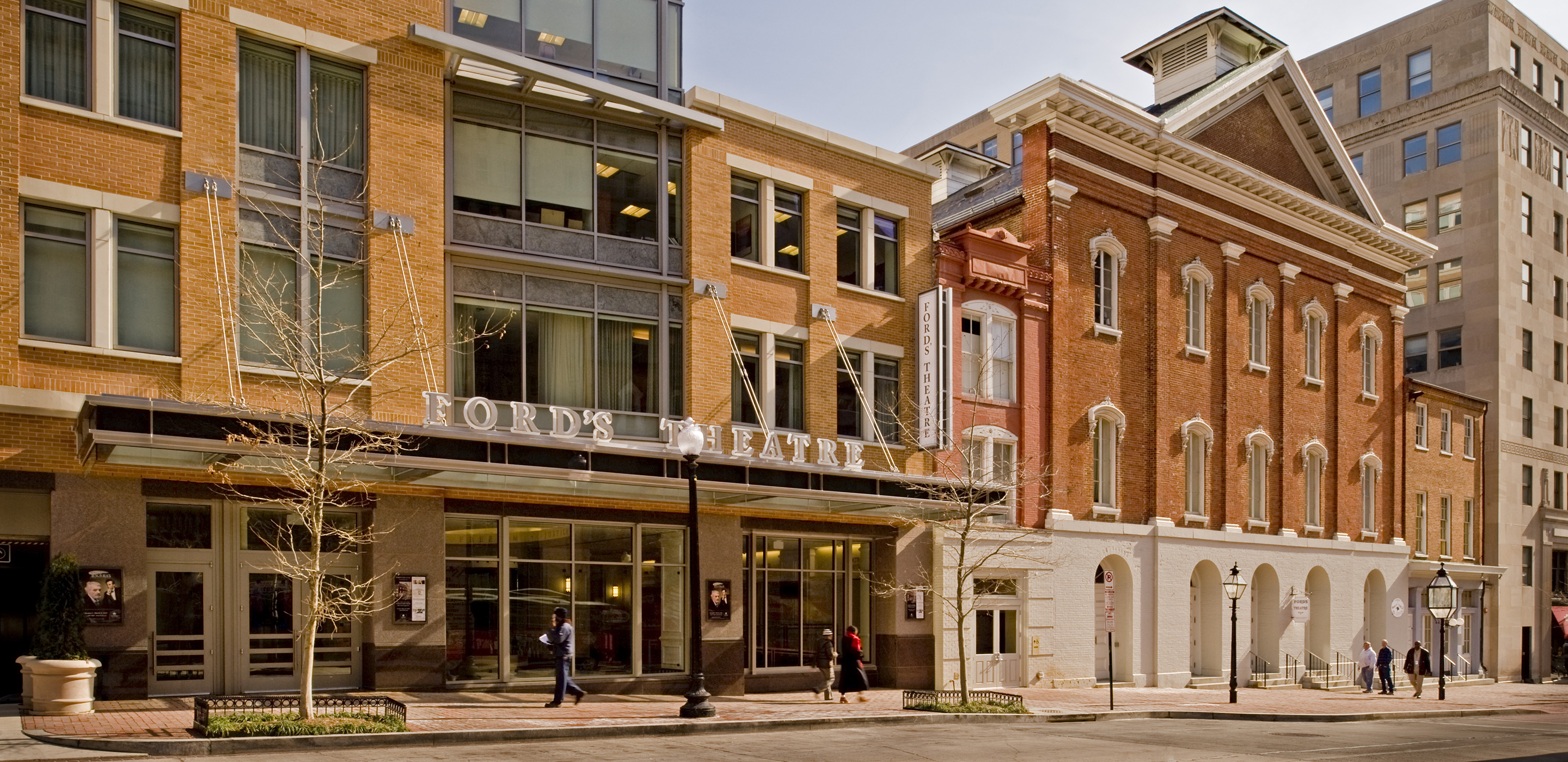
Remixing a Speech
Students will be able to summarize the speech in the author’s own words, as well as paraphrase the speech using their own words.
This structure is appropriate for multiple grade levels, depending on the complexity of the chosen text.
Common Core Standards
CCSS.ELA-Literacy.CCRA.R.1
Read closely to determine what the text says explicitly and to make logical inferences from it; cite specific textual evidence when writing or speaking to support conclusions drawn from the text.
| LEARNING OBJECTIVES | Paraphrase a historic speech in their own words Identify the operative words in a historic speech |
| GUIDING QUESTIONS | How can we understand a historic speech in today’s words and context? |
| PREPARED BY | GRADE | LENGTH |
| KRISTA MCKIM AND VICTORIA REINSEL | ELEMENTARY SECONDARY | ONE TO TWO CLASS PERIODS |
Classroom Activities
Any or all of these activities can be done individually, in pairs or in small groups. You could also model the method on the first part of a long speech and then have the students work on the rest of the speech.
- Classroom Activity One: Introduction of Speech
Students learn about the context of a historic speech and define any words that they don’t know. - Classroom Activity Two: The Remix
Students paraphrase an assigned speech.
- Classroom Activity Three: Operative Words
Using operative words, students summarize the core meaning of the speech.
Classroom Activity One
Introduction to Speech
Choose one or more historic speeches for your students to study. Have students look at the same speech or give them different speeches to analyze. Begin by looking at the context of the speech:
- Who wrote and delivered the speech?
- Where and when was it given?
- Who was the intended audience?
- Can we infer anything–from the time, date and audience–about what the speaker’s goals might have been? What did he or she want to accomplish or convey by giving this speech?
If using a speech from the Ford’s historical speech database, the context is included with the speech print-outs. If students are researching this information, they should note the answers on a note sheet. If students are all working with the same speech, this information can be given through a short teacher introduction.
Next students should read over the speech, highlighting any words they don’t know, and look up the definitions. They should write the definitions on the speech itself.
Classroom Activity Two
The Remix
Using the Remix Guide or Worksheet, students should remix their assigned speech. After students have paraphrased their speeches, use random calling strategies to have students share several remixes. Next have students discuss the message of the speech. Students should think about what the speaker is trying to accomplish.
Classroom Activity Three
Operative Words
Operative words are the most important words in a sentence or paragraph. They get to the heart of the message.
Once students demonstrate that they fully understand their assigned speech, you’ll return to the text of the original speech. Individually, each student chooses an operative word for each sentence in the original speech (or each paragraph, depending on the length of the speech). Students then list all of their operative words and decide on one word that is the most important in the speech. This forces students to evaluate word choice and then justify their choice.
Assessment
Students can either share their one word and their rationale for choosing that one word in a discussion circle or write it down as an exit card.
What You Need
Materials and handouts to complete the below activities.
- Historic Speeches
- Remix Worksheet (Elementary)
